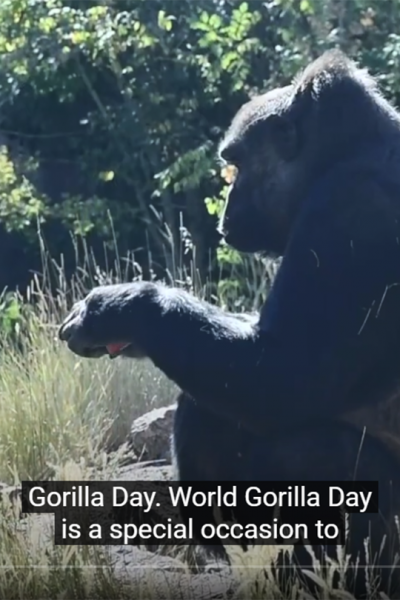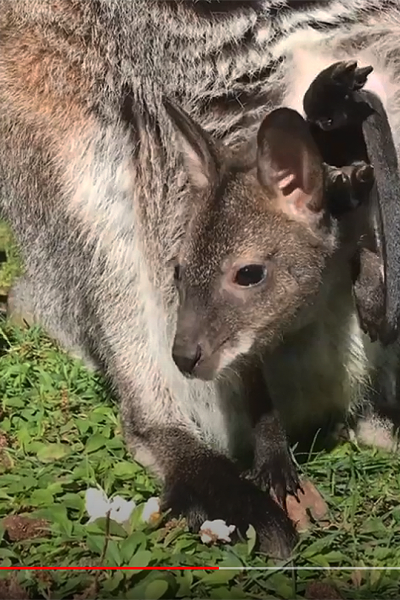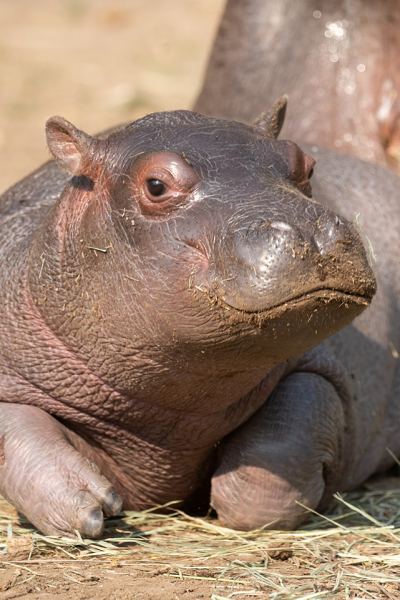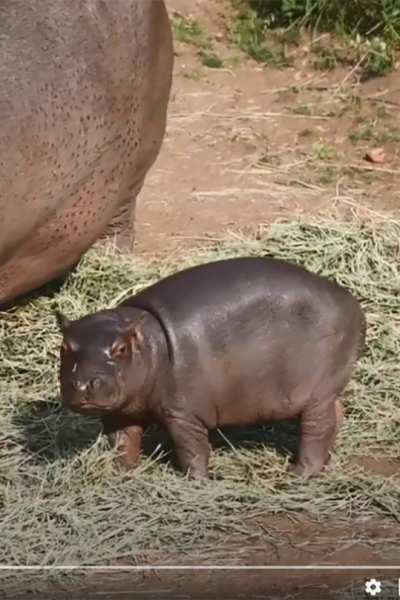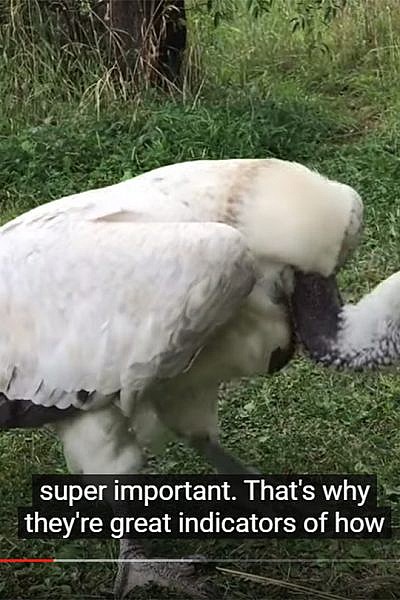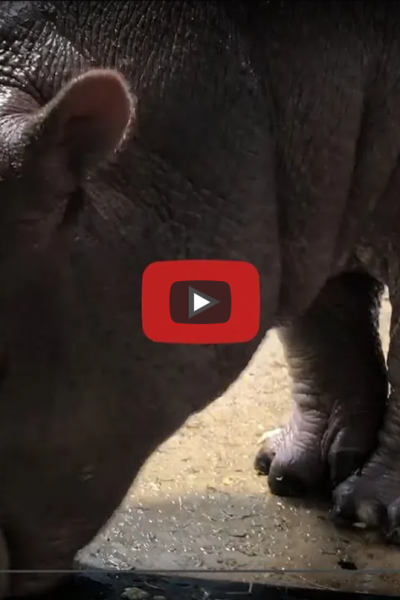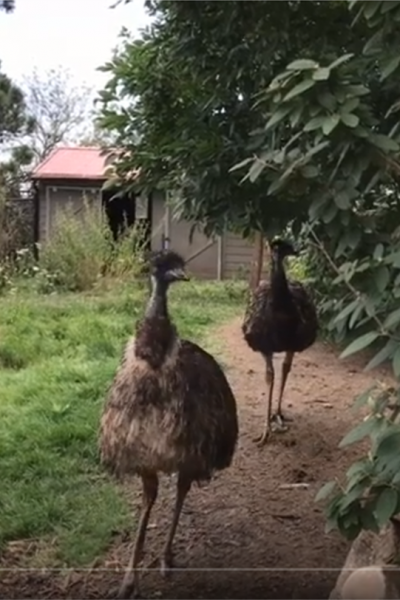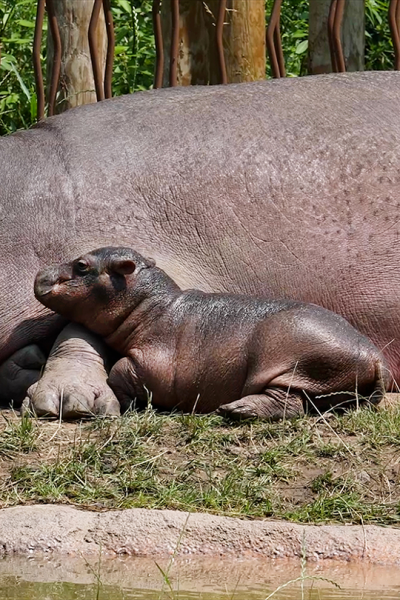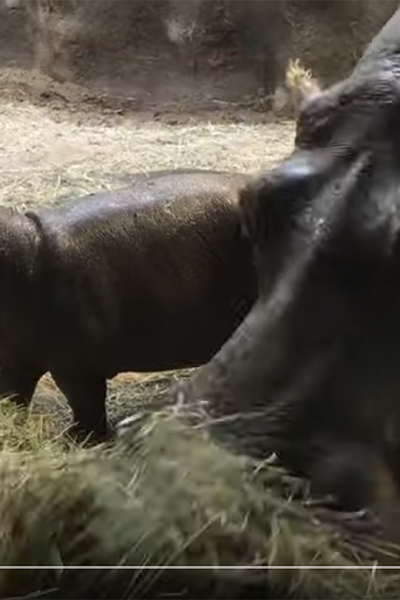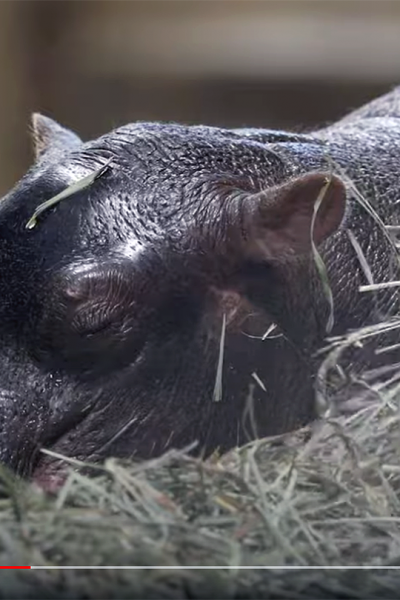Today is #WorldGorillaDay! Here to help us celebrate are Primate World keeper, Carrie, and our Western lowland gorilla troop: 29-year-old Kwisha, 45-year-old Roxie, 40-year-old Juju, 28-year-old Asha and our silverback, 30-year-old Goma.
World Gorilla Day isn’t just about celebrating these incredible animals, but also about protecting them for years to come. Western lowland gorillas are critically endangered, and their numbers continue to decrease in the wild. In addition to disease and poaching, a threat they face in the wild is loss of habitat due to logging for agricultural use, human settlements and mining. Many of the west African lowland forests and swamps that these animals call home are also natural deposits of coltan, a mineral used in cell phones and other electronics. Due to the ever-increasing demand for cell phones across the world, the destruction of these gorillas’ habitats for mining purposes has unfortunately only increased.
There is, however, something we all can do to help! Coltan is recyclable, and by donating your old cell phones, you can help supply valuable coltan for future phone production. Here in the Primate World building, we have a new cell phone recycling collection bin. When guests visit, they can drop off their old and unused cell phones in the bin, and we will send them to Eco-Cell, an organization that recycles the phones, as well as tablets, smart watches, Bluetooth devices, GPS devices, e-readers, digital cameras, handheld gaming systems and their accessories.
Since installing the box in July of this year, we have collected 194 electronic devices, all of which will be sent to Eco-Cell to be recycled! If you have any old devices please consider bringing them to the Zoo on your next visit. We will be collecting phones in this bin in Primate World every day. Thanks again for celebrating World Gorilla Day with us, and for supporting Cheyenne Mountain Zoo, where every visit is conservation in action.
